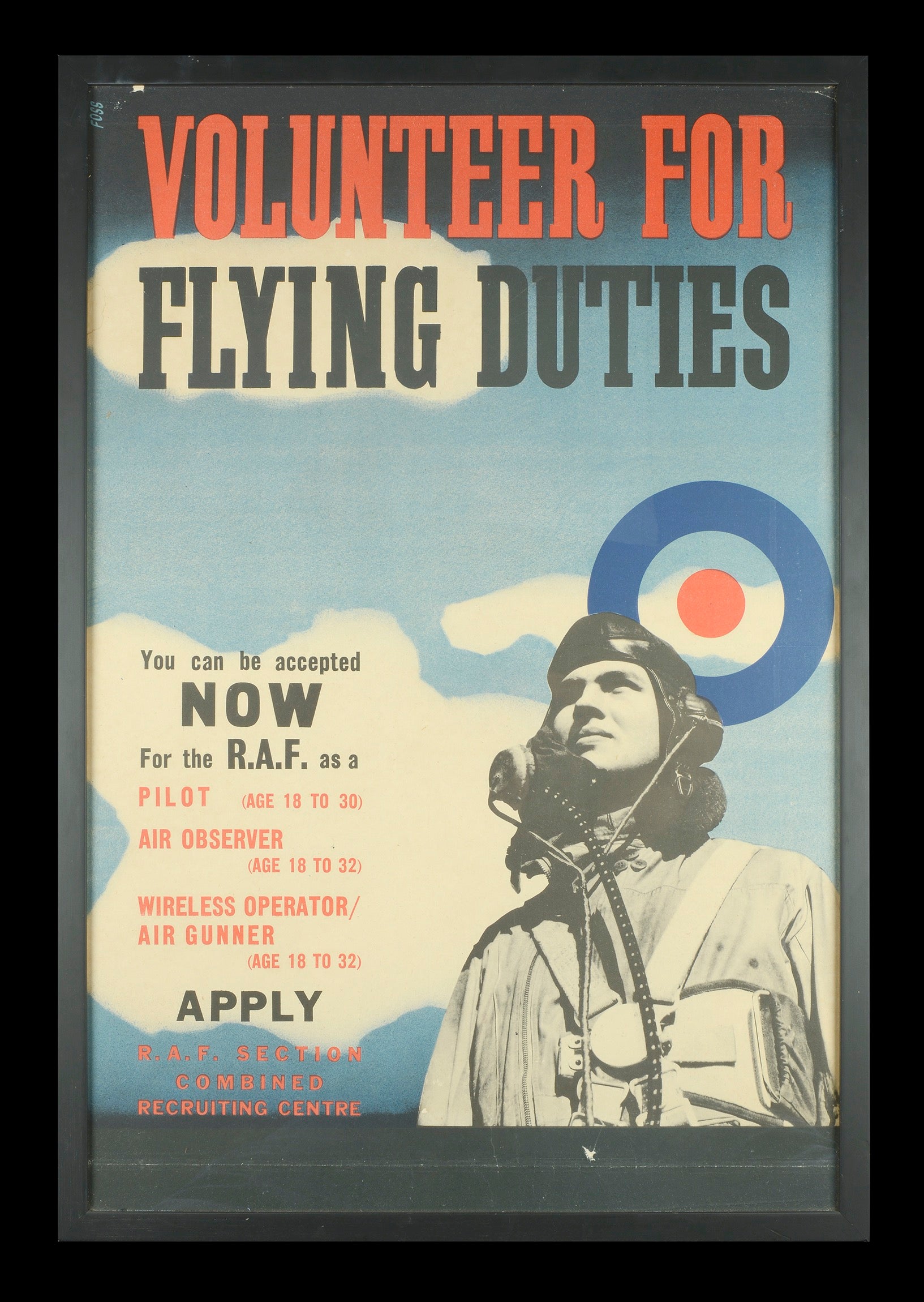Medals awarded to RAF ‘poster boy’ to be auctioned
Fighter pilot Wing Commander Peter Lawrence Parrott received eight honours during his career and featured in a Royal Air Force recruitment campaign.

Your support helps us to tell the story
From reproductive rights to climate change to Big Tech, The Independent is on the ground when the story is developing. Whether it's investigating the financials of Elon Musk's pro-Trump PAC or producing our latest documentary, 'The A Word', which shines a light on the American women fighting for reproductive rights, we know how important it is to parse out the facts from the messaging.
At such a critical moment in US history, we need reporters on the ground. Your donation allows us to keep sending journalists to speak to both sides of the story.
The Independent is trusted by Americans across the entire political spectrum. And unlike many other quality news outlets, we choose not to lock Americans out of our reporting and analysis with paywalls. We believe quality journalism should be available to everyone, paid for by those who can afford it.
Your support makes all the difference.Eight medals awarded to the ace fighter pilot who became the poster boy for the Royal Air Force during the Second World War are to be sold at auction.
The honours bestowed upon Wing Commander Peter Lawrence Parrott included the Distinguished Flying Cross and the Air Force Cross.
They are due to go under the hammer at London-based auction house Dix Noonan Webb in its Orders, Decorations Medals and Militaria sale on January 26, and are expected to fetch £80,000 to £120,000.
Wing Cdr Parrott, who was born in Aylesbury, Buckinghamshire, joined up at the age of 19 and first flew over the beaches of Dunkirk where he was almost shot down.
After just making it back across the Channel and crash-landing in a field on the south coast, he went on to distinguish himself during the Battle of Britain.
He famously shot down two enemy aircraft making up a convoy of bombers in one day on August 8 1940.
In an oral history gathered by the Imperial War Museum, Wing Cdr Parrott said of the exploit: “I had already taken part in the battle for France, and patrolled over Dunkirk during the evacuation, but I had never before seen so many aircraft in the sky at once.”
A photograph of the airman taken during the Battle of France was later used on an RAF recruitment poster.
Wing Cdr Parrott was himself shot down on December 1 1940, but survived.
Describing the moments after the crash, he said: “I was at this time not sure whether I was still in this world or had already passed on to the next. I did not really care much either way.”
In the later years of the war, he flew Spitfires over Sicily and Italy, and would continue to serve in the RAF until July 1965.
His later adventures included run-ins with despots Muammar Gaddafi of Libya and Uganda’s Idi Amin.
After leaving the armed forces, Wing Cdr Parrott worked for a charter flight company and was tasked with taking the Libyan royal family and government on tours of the Middle East.
On one occasion, while sheltering in the British Embassy in Damascus during a bombardment by Israeli forces in the Six-Day, Arab-Israeli war of 1967, he was co-opted into leading a convoy of British civilians fleeing to Turkey.
During the Yom Kippur war of 1972, Wing Cdr Parrott was instructed by Colonel Gaddafi to fly to Uganda to collect Amin and take him to Khartoum in Sudan to act as a mediator in the conflict.
On landing in the Ugandan city of Entebbe, he and his co-pilot were arrested and interrogated as suspected mercenaries before they were able to convince Amin’s security forces who they were.
Wing Cdr Parrott died in August 2003 and his medals are being sold by his family.
Wing Commander Peter Parrott did more in the year of 1940, aged just 19, than most people experience in a lifetime
Mark Quayle, of Dix Noonan Webb, said: “Wing Commander Peter Parrott did more in the year of 1940, aged just 19, than most people experience in a lifetime.”
Another lot in the auction is the three medals awarded to Wing Cdr Parrott’s brother, Flying Officer Thomas Hayward Parrott, who was killed in 1940.
Flying Officer Parrott’s Whitley V N1366 KN was the first bomber to crash inside Germany while carrying out a bombing operation on a mainland target.
They are estimated to fetch between £800 and £1,200.